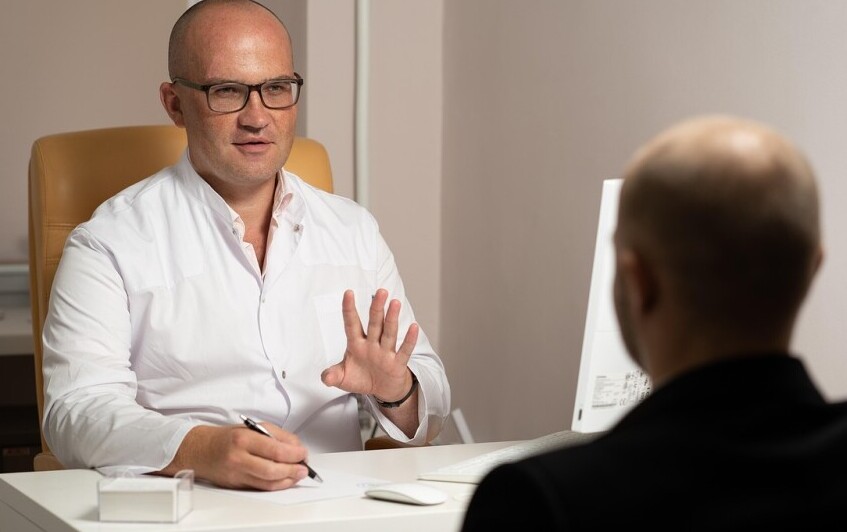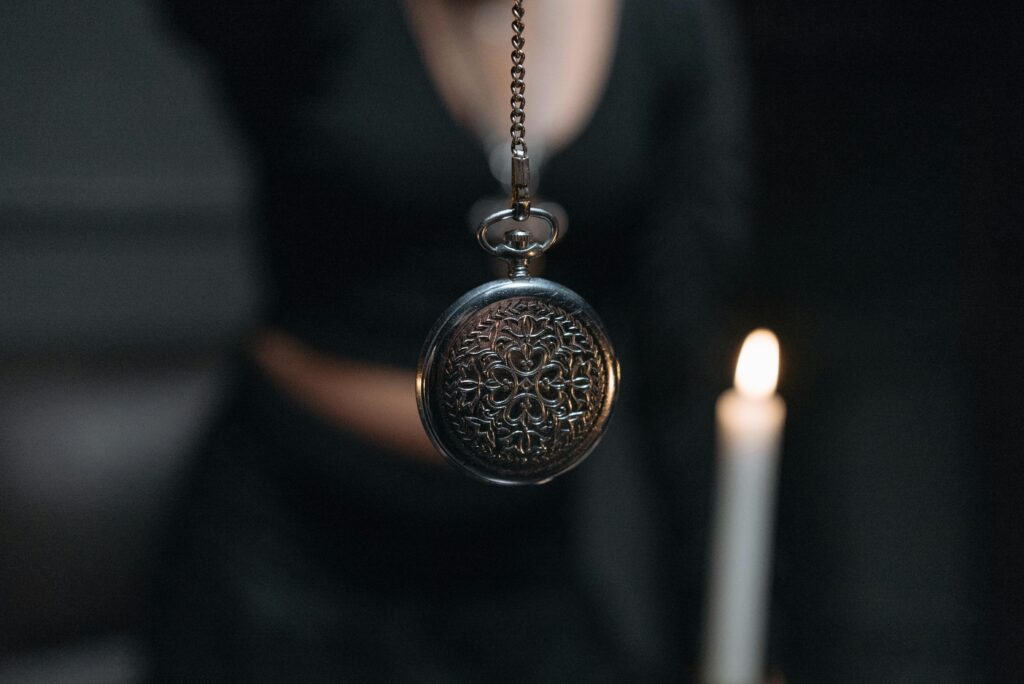
Therapy’s a tough nut to crack for some guys. It’s not all about sitting on a couch and spilling your guts, but it can feel daunting thanks to the age-old stigma around it, especially for men. You might wonder why. Well, it often boils down to societal expectations and the macho persona that’s been drilled into our heads.
For ages, men have been told to “man up” or “tough it out,” implying strength means silence. This idea doesn’t just hang around—it can hurt. When emotions get downplayed or ignored, mental health takes a hit, sometimes leading to anxiety, depression, or other serious concerns.
Lately, though, there’s been a change in the air. More folks are speaking up about mental health, and it’s becoming a big conversation. NGOs, celebrities, and even influencers are stepping up to bat, pushing the message that therapy isn’t a weakness but a strength. They tell it like it is: reaching out for help is bold and can turn lives around.
Giving therapy a fair shot can open doors to understanding yourself better and handling life more healthily. As we keep pushing against the stigma, let’s remember every little bit counts in creating an environment where anyone, man or woman, feels safe to heal.
Barriers to Therapy: What Keeps Men Away?
Men often face a gallery of hurdles when it comes to therapy, and a big one is cultural stereotypes forecasting emotional expression as a weakness. Many guys are raised in environments where showing emotions is branded as unmanly. You might’ve heard phrases like ‘boys don’t cry’ or ‘keep it together,’ which do nothing but build walls around vulnerability.
Talking about mental health can seem taboo, like a forbidden topic at the dinner table. Guys could feel awkward or even ashamed admitting they might need some help. Let’s face it: no one wants to risk being labeled as “not man enough.” This mindset thrives on silence, and before you know it, it isolates men from seeking the support that can truly help.
And it’s not just about perception—there are practical roadblocks too. Therapy can be a time-consuming commitment, and not everyone has the cash or flexibility to make it happen. For someone balancing full-time work, family, and life, carving out time for therapy might seem impossible.
Sometimes, the therapy space can feel alien, like it’s designed by and for anyone other than men. If the advice given feels out of sync with what they’ve lived, it can turn dudes away rather than draw them in. Combating this involves rethinking how therapy is advertised and adapted to men’s unique experiences so more guys feel welcomed and understood.
The Power of Vulnerability: Redefining Masculinity

There’s a fresh narrative emerging when it comes to being a man, and it’s got a lot to do with embracing vulnerability. Admitting you might not have everything figured out isn’t a sign of failure—it’s actually a game-changer, showcasing a different kind of strength.
When men open up about their struggles, it can start a ripple effect. Real stories from men who decided to share their therapy journey highlight how vulnerability paved the way for a happier, healthier life. It’s like a light bulb moment, showing others that therapy can genuinely help.
Media and public figures are jumping on board, too. Influencers and celebrities talk openly about their therapy experiences, reshaping what it means to be a man in today’s world. They’re proof that showing your soft side doesn’t make you any less macho.
Redefining masculinity in this way is crucial. It tells others out there that strength doesn’t always mean holding it all in. When you’re vulnerable, you connect on a deeper level with those around you. Rather than an act of surrender, it’s a tool for building resilience and fostering more genuine relationships.
For guys ready to challenge the status quo, start small. Fostering open and honest conversations with friends or family can prove transformative. Taking that leap, whether it’s chatting with a mate or stepping into a counseling office, is powerful self-care worth exploring.
Different Needs, Different Approaches: Tailoring Therapy for Men
Therapy isn’t one-size-fits-all, especially when it comes to dudes. Every guy is a unique mix of experiences, needs, and backgrounds, and therapy should echo that. Finding what clicks might mean seeking out therapeutic approaches specifically designed to resonate more with men.
Some therapies, like cognitive-behavioral therapy (CBT), often fit like a glove for many guys. It’s solution-focused and offers practical steps to tackle life’s knotty problems. Adventure therapy or group settings, where activities are a core part, can also feel more natural for guys who prefer action over talk.
Innovation is steering new models that tap into what men find supportive. For instance, focusing on coaching styles can engage men by setting tangible goals and strategies tailored specifically for them. These approaches can help unlock and navigate what they could be going through without dragging them further out of their comfort zone.
Real-life case studies highlight how personalized therapy has helped men break cycles of stress and anxiety. When therapy is more about them and less about generic advice, it makes sense and becomes something they want to stick with.
Exploring different forms or settings of therapy can be empowering. Whether it’s trying out something unconventional or seeing what a good therapist or counselor aligns with their outlook, men’s mental wellness deserves strategies that truly fit their lifestyle and speak their language.
Building a Supportive Culture: How Society Can Encourage Men to Seek Help
Creating a culture where men feel comfortable talking about mental health starts at the grassroots. Workplaces have a big role to play here. Beyond offering mental health days, companies can create an environment where employees have open discussions about mental health without fear of stigma—setting an example that taking care of one’s mental health is just as important as physical health.
Educational systems can start laying the groundwork from a young age, teaching kids about emotional intelligence and mental wellness. By incorporating these ideals early on, it slowly becomes second nature for boys to express feelings and understand that seeking help is not a sign of weakness.
Communities have the power to change narratives too. Local initiatives or programs aimed at men’s mental health can be a fantastic way to bring folks together. These spaces can offer resources and create support networks that encourage men to have those crucial heart-to-hearts.
Collaboration between individuals, companies, schools, and health services can build a robust framework for supporting men’s mental health. When high-profile figures in communities step up and share their own stories of seeking help, it can break down barriers faster than any campaign slogan ever will.
Striving for an atmosphere that values mental health requires effort from everyone. A few shifts, like promoting positive dialogues and offering genuine support, can yield significant change, making it easier for men to realize that their mental health is not their burden alone, but a community endeavor.
Beyond Therapy: Alternative Ways Men Can Heal

Therapy is awesome but it’s not always the right fit for everyone. Fortunately, there are plenty of other ways for guys to work on their mental well-being. Pairing up therapy with holistic approaches can be a total game-changer.
Exercise is a big hitter here. Whether it’s solo workouts, group sports, or any physical activity that gets the blood pumping, it’s a surefire way to shed stress and anxiety. The endorphin boost is no joke, either. Hitting the gym or running can substitute for therapy by offering that feel-good factor.
Meditation and mindfulness practices offer another layer. They can help reduce stress while giving clarity in moments when you need it the most. Even a few minutes a day can lead to a healthier mind and a calmer outlook on life.
Men’s groups and support networks provide that necessary camaraderie, too. A peer-led group that meets regularly can create a sense of belonging and support. Sharing stories and experiences in a judgment-free zone can be healing in its own right.
Personal hobbies and creative outlets act as great stress-busters. Whether it’s painting, writing, hitting the music studio, or just tinkering on projects, having an outlet keeps stress in check. The key is engaging in something that feels rewarding and fulfilling on a personal level.
Sometimes taking a non-traditional route toward mental health can reveal hidden interests or skills. By exploring diverse avenues of healing, men can find what resonates with them, proving there’s no one way to work towards a sound mind.





